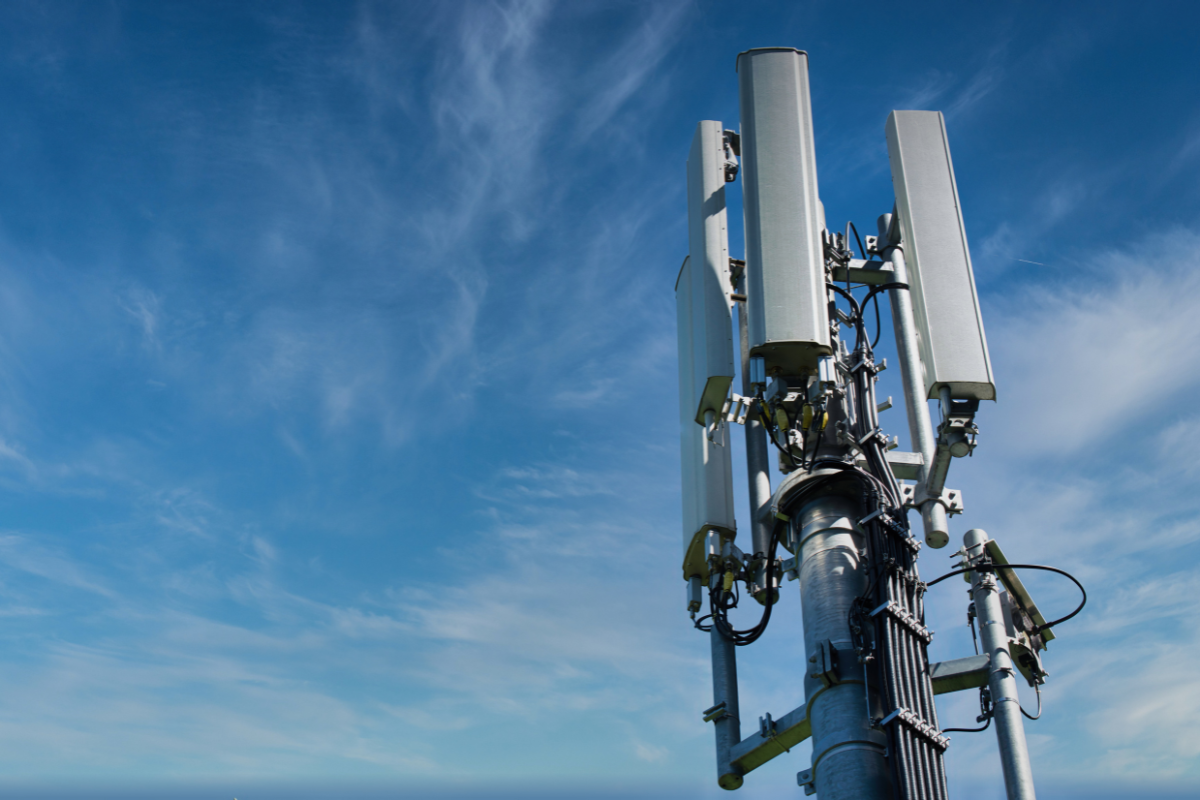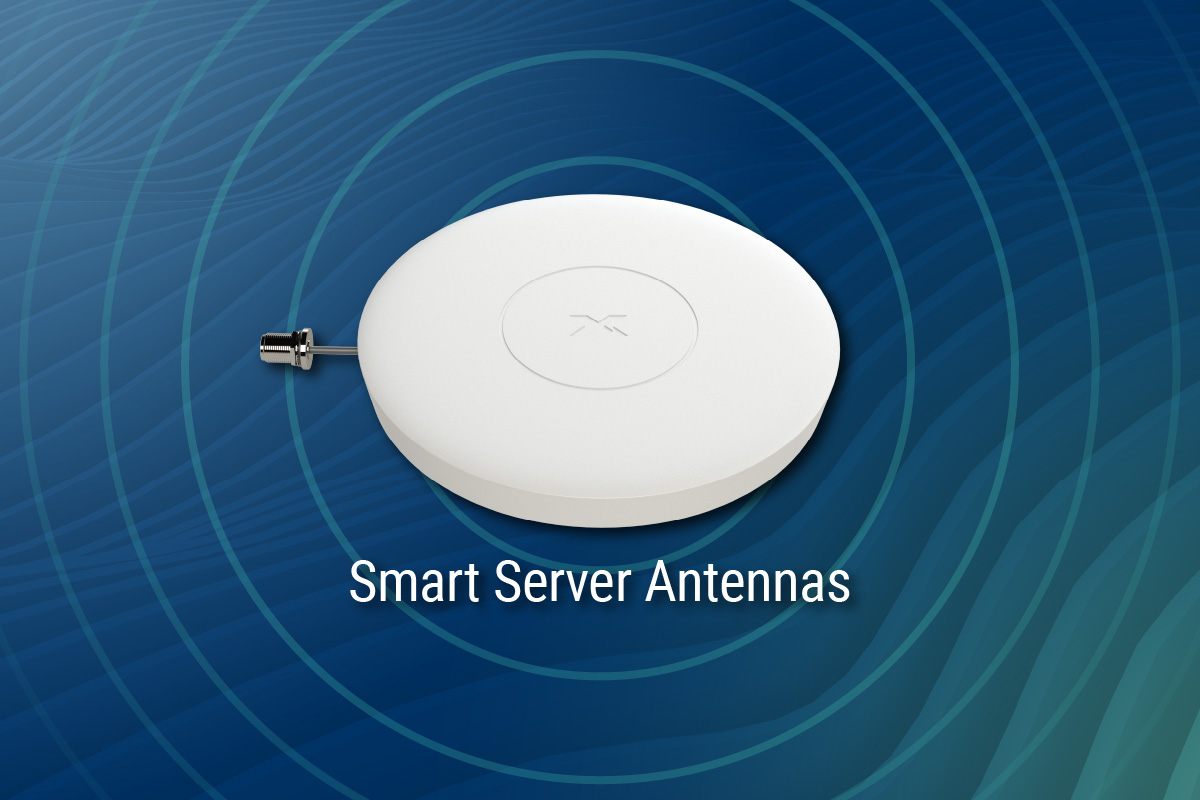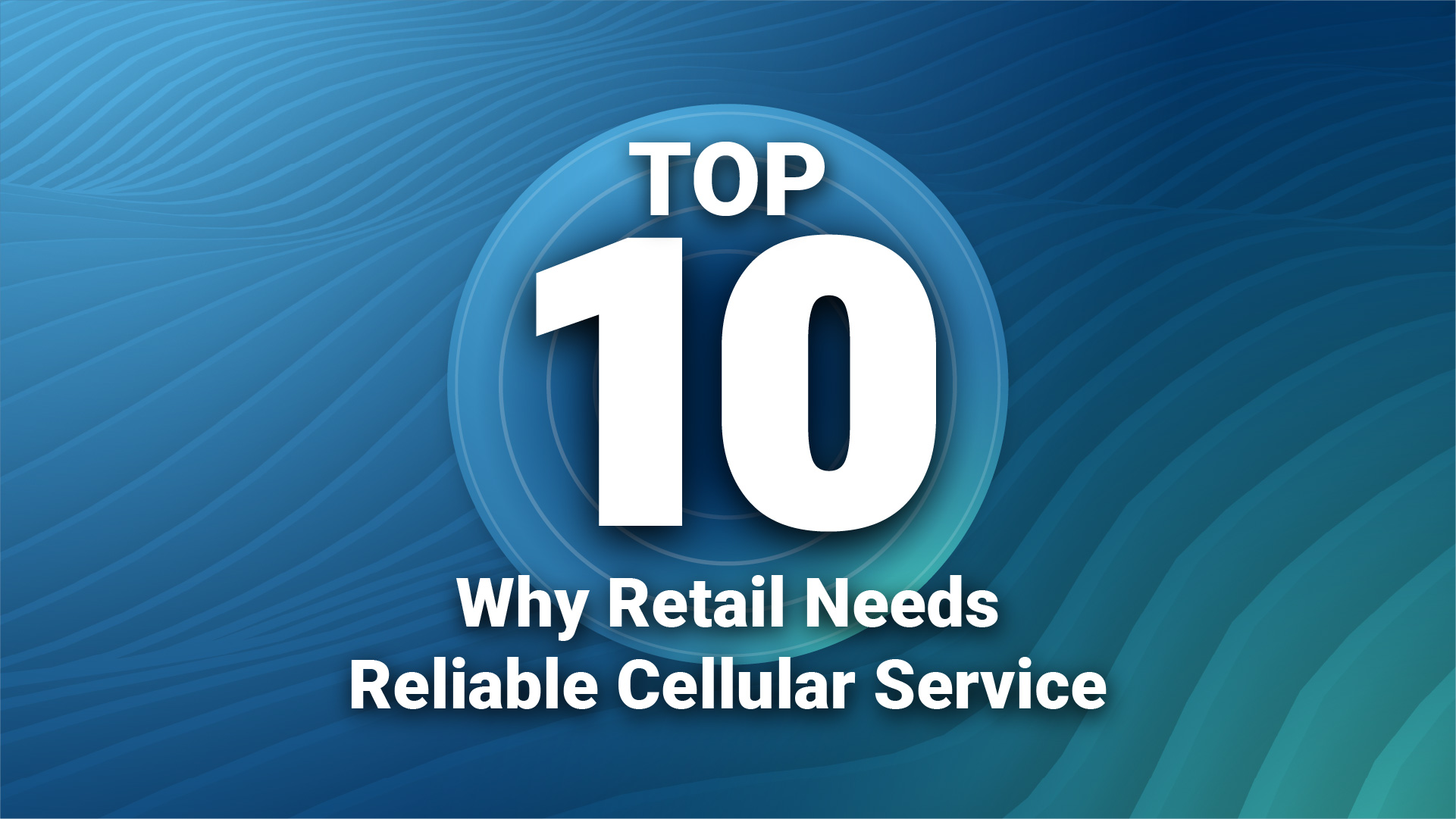What are the costs of in-building coverage?
Addressing cellular infrastructure for small to mid-size (SME) enterprise has hit a major challenge in terms of who pays for the in-building system.
Carriers are often willing to subsidize enterprise solutions for large-scale customers (usually in the form of a classic DAS), but the ROI for a SME customer installation is just not sufficient to justify the cost. Mobile-Experts 2017 analysis states, “While enterprises see increasing utility and value from good mobile services indoors or some remote places, mobile operators are less inclined to deal with hundreds and thousands of potential in-building projects. For mobile operators, there’s just not enough revenue opportunity to justify investments in most buildings.”
As such, it is understandable that carriers prefer to transfer the burden of cost to the building or business owner, including the cost of installation (which can be far more expensive than the hardware itself).
A large enterprise may be able to support the cost of a traditional DAS solution that requires extensive planning, RF design, engineering, highly skilled technical installation and maintenance, as well as extensive budget and contract negotiations with multiple vendors, integrators, and the carriers themselves.
However, the cost of a traditional DAS solution is typically out of range for an SME. While alternative solutions, such as femtocells and Wi-Fi calling, are available, they do not have the reliability, quality of service, or management capabilities that a business requires. Venues that range in size from 25,000 to 500,000 sq. ft. are particularly challenged with the price/performance gap, as they are too large for affordable consumer-grade solutions and too small for high-performance DAS.
Further complicating the issue is that the in-building wireless (IBW) industry works hard to obfuscate its pricing. Companies spend considerable energy convincing potential customers “how affordable” their solutions are. They invent metrics and percentages and reference studies that reference other studies and so on and so forth – like the mythical snake eating its tail. A favorite statistic of mine is the one that states “80% of all mobile calls are made indoors.” Everyone uses it but good luck finding its source. (If people do find it, they will be surprised at how dated it is.) It would be very difficult to be a customer whose only objective is to solve a very tactical problem (poor cellular service), and is trying to understand the scope of the investment being considered.
In the interests of simplification, the following is a framework for presenting costs to an enterprise.
The cost of coverage could be broken into as many as 12 individual components, but I prefer a simpler approach and distill it down to four: (1) capital expenditure (CAPEX), how much the gear costs; (2) installation charges for deploying the solution; (3) ongoing service and/or maintenance (operational expense/OPEX), i.e., what it takes to keep the system running; and, (4) subsidy and revenues (which are a bit harder to quantify but should be mentioned).
Each of these components has associated costs; by understanding them better, an enterprise IT department has a better chance of choosing the system with the best TCO for that specific company.
Gear
The cost of the gear is typically based on three components:
(1) The head-end is the control point of the solution that captures the donor signal entering the building, and controls distribution of that signal through remote units. This gear can be in the form of a smart signal booster, small cell, a passive DAS, an active DAS, or an active DAS hybrid.
(2) The second component would include antennas or remote radio heads (similar to the access point of a Wi-Fi system).
(3) The last part of the gear cost estimate is the cabling. There are three kinds of cables one can use for an IBW solution: coax, fiber, and Ethernet (twisted pair).
There is a wide variety of options for IBW gear, at vastly different cost points. These can range from under $1,000 (e.g., smart signal booster), to upwards of $100,000 or substantially more (e.g. active DAS).
Installation
There are essentially three levels of installation, each of which comes with its own price point. The first is “self-install”, a small-scale installation of signal boosters, small cells (1 to 3 systems) or Wi-Fi based solutions that can simply be unboxed and plugged in, and require a minimal amount of provisioning or setup. In the context of enterprise, a “self-installed” system would be targeted to IT Professionals, or others with similar skills.
The second type of install category covers solutions that require the skills of a Systems Integrator. These solutions can be installed by industry-certified installers and feature tools that simplify the planning process, equipment selection, and antenna aiming to automate the hard math calculations for RF planning and eliminate the complexity of specifying the system for the unique venue requirements. Many System Integrators have professionals experienced in RF design on their staffs
The third, which is typically for the largest and most costly projects, are those that require an RF Engineer. These skill sets are needed when working with solutions that have sophisticated hardware, software, tools, and devices. RF Engineers are highly-trained professionals who understandably require a premium for their services, and there may be some delays in installation due to waiting for a workforce with these skills to become available.
The average hourly cost for resources with these skillsets can be seen below:
Average Hourly Cost of Resources

Opex and Maintenance
There is a considerable difference in installation costs for systems that need wired backhaul versus those that are wireless. Off-air signal boosters, pDAS (passive DAS), and even some active DAS hybrid systems can be installed with zero wired backhaul, making them extremely cost-efficient. Systems requiring dedicated backhaul could add considerable costs to its TCO.
Maintenance costs can also impact the budget, and vary widely depending on the system installed. Smart signal boosters, small cells, and some active DAS hybrids will not require any special maintenance agreements. However, passive and active DAS are more complicated RF environments and may require regular maintenance. With these systems, it may be necessary to look at the cost of a maintenance contract with the installer.
Ideally, for mid-size—or middleprise—enterprises, the system chosen is self-optimizing and intelligently adjusts to changes in the network without requiring manual reconfiguration or engineering. Once installed by a systems integrator, the solution can be easily managed by the IT department. Basic status reports should be provided to ensure ongoing performance.
Subsidy or Revenue
Wireless network operators may offer “Customer Retention” or “Customer Save” programs to help reduce the churn of their enterprise customers faced with poor in-building cellular coverage.
Even when an operator does not offer a direct subsidy, today most have a tool box of in-building coverage solutions from third-parties that have been qualified as network safe and approved for use on their networks. Many enterprise accounts and associated revenue have been “saved” by an operator’s internal sales force because one of the approved third-party solutions was recommended.
A version of this article was originally published by Connected Real Estate Magazine



